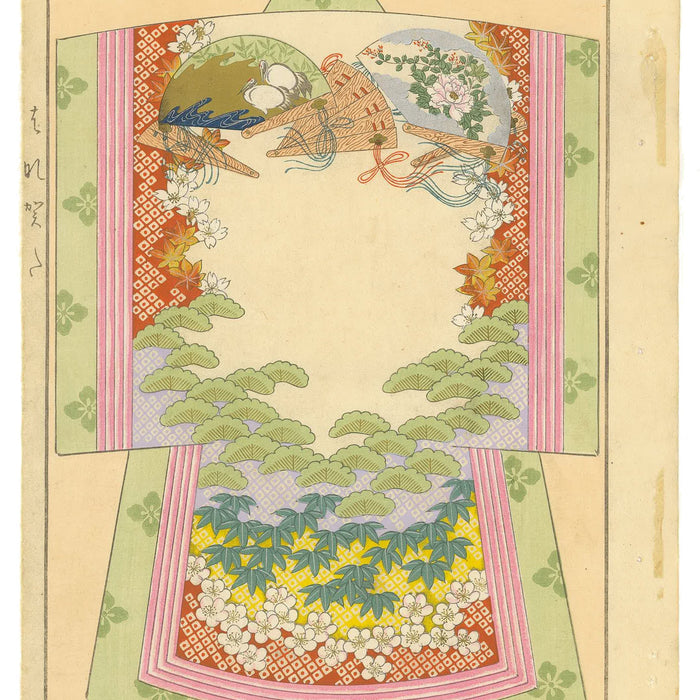
The Chrysanthemum
Chrysanthemums, known as kiku (菊) in Japanese, were introduced to Japan by Buddhist monks in the 8th century. Revered as the imperial emblem for centuries, they symbolise longevity, rejuvenation, and the imperial family. Chrysanthemums are deeply rooted in Japanese mythology and folklore, often depicted as divine with mystical properties.



